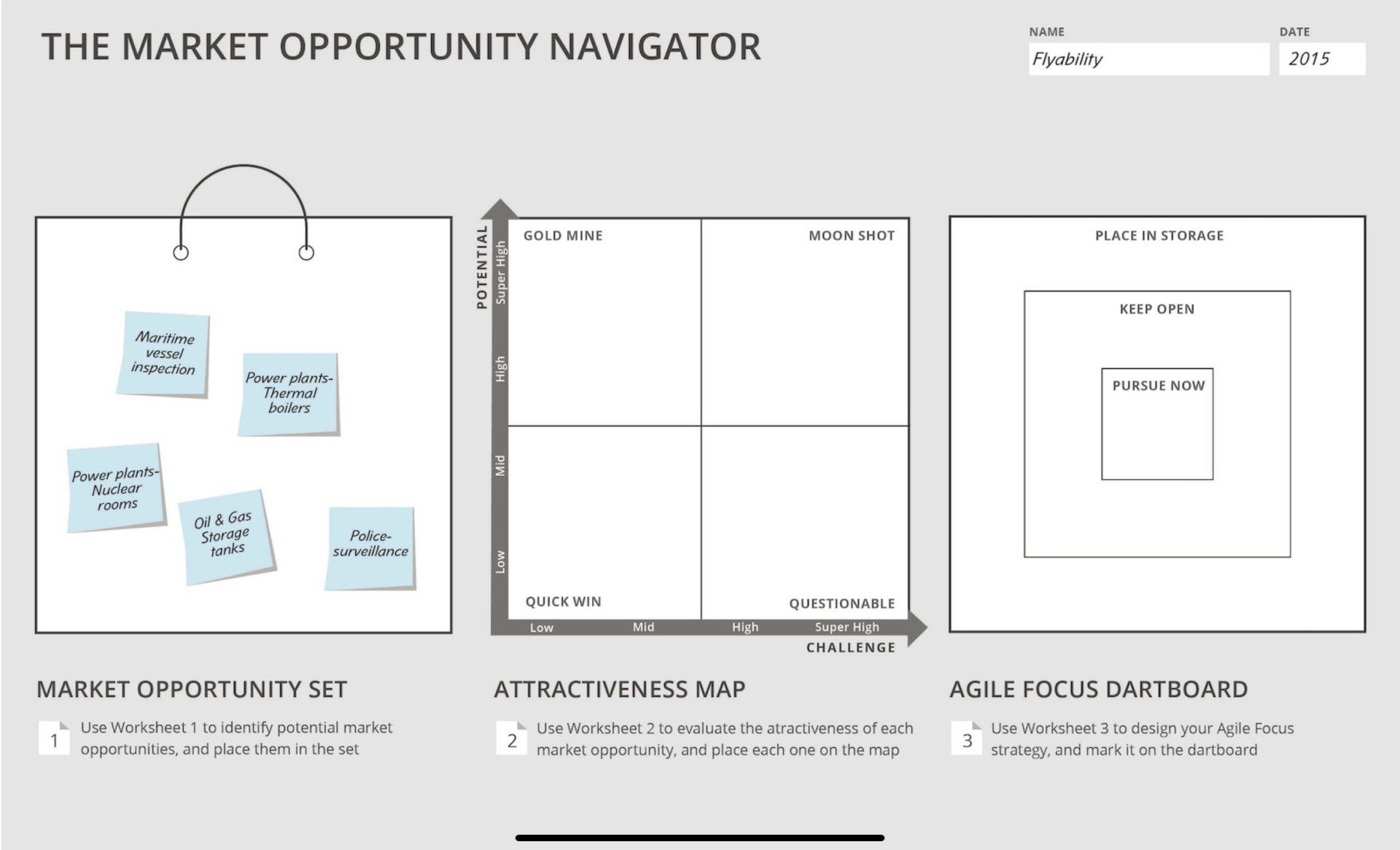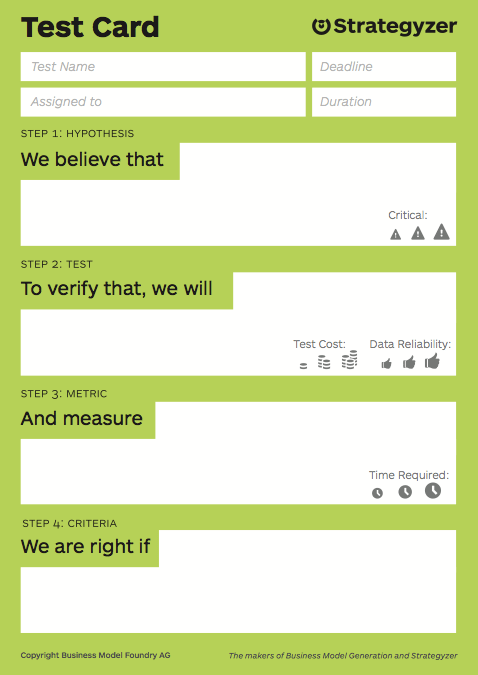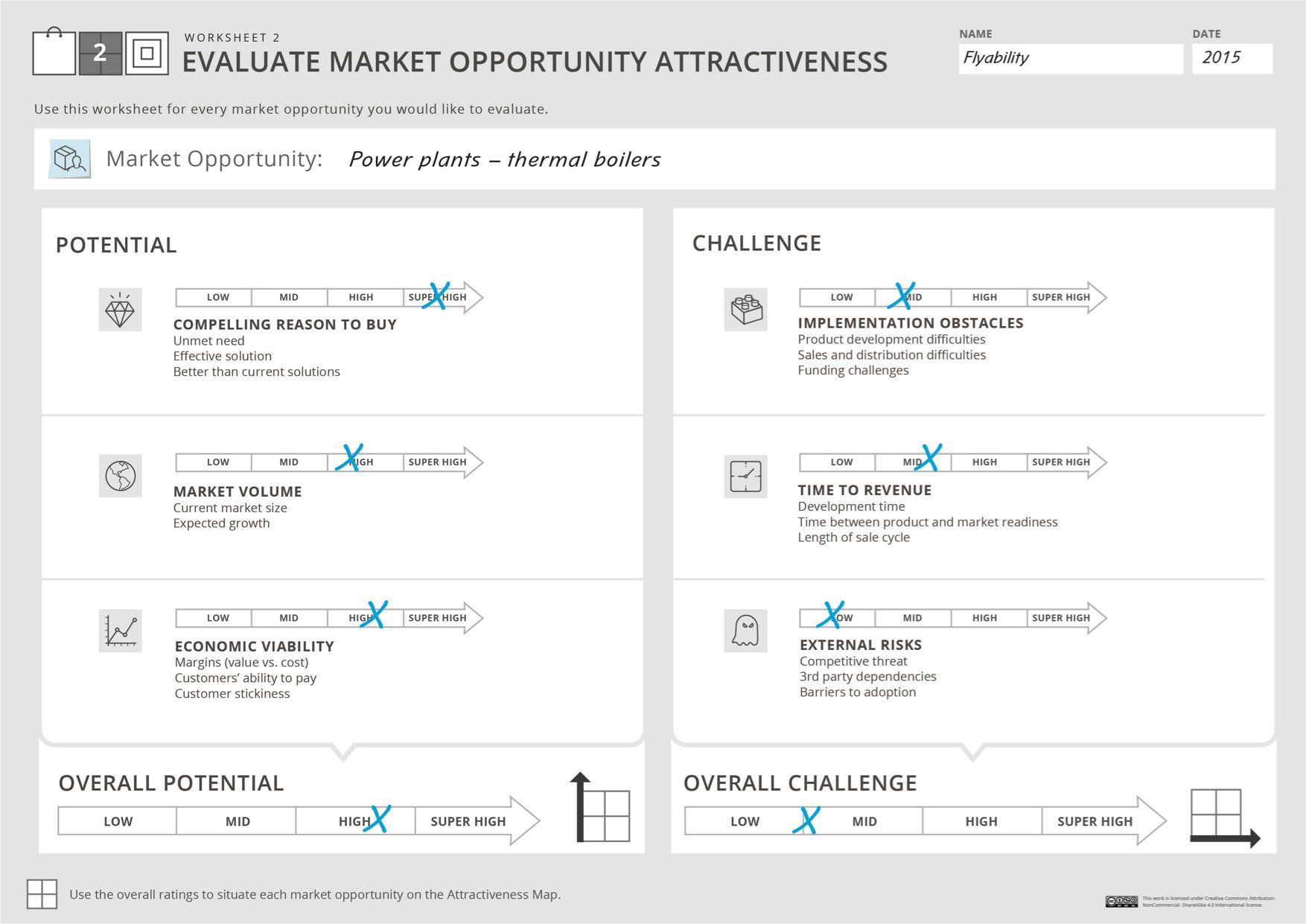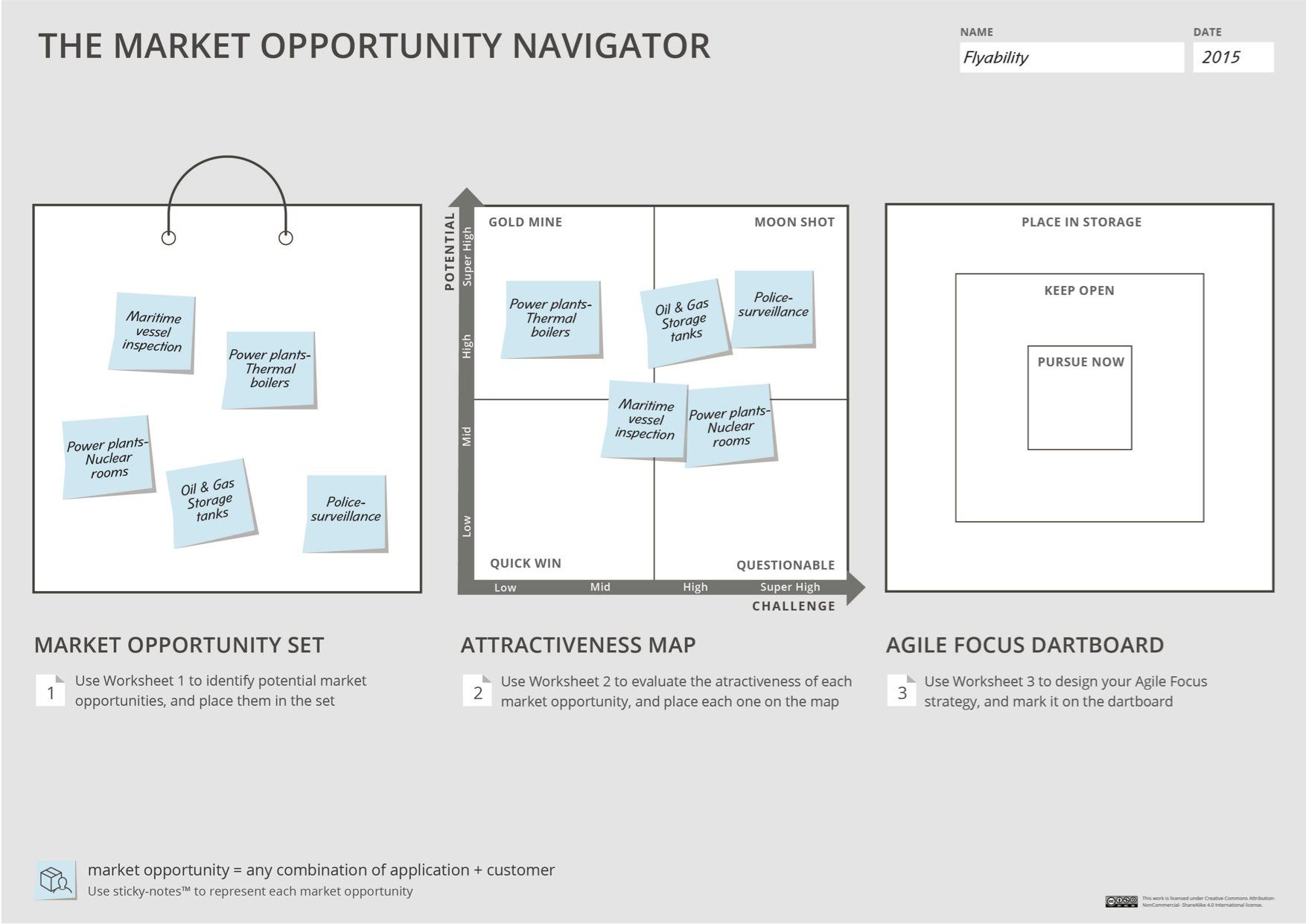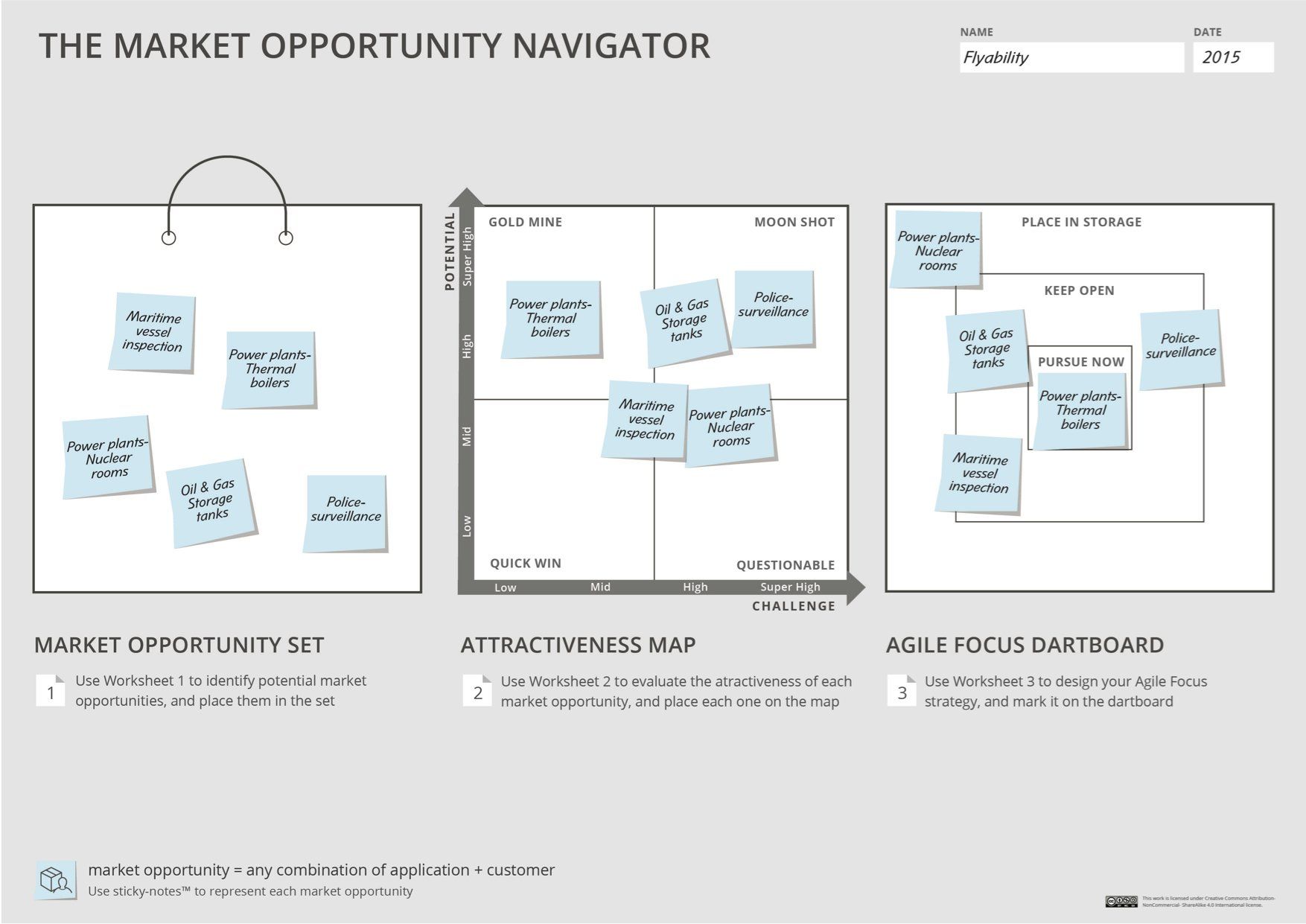Here's how you find the Beachhead Market in 3 Steps with simple Frameworks

What I learned in startup marketing is that many startups spend a lot of their time on demand generation and funnel building. I mean, this is good--but only if you understand your market. This is mainly a one-off thing, a task that has to be check-marked, done.
According to a CB Insights analysis of 101 startups the number 1 reason for startup failure is "No market need". If you do not know the market, you do not know the need and do not build the right product - or do not recognize that the need cannot (yet) be solved scalably.
I have learned to appreciate the importance of market engineering for positioning, branding and lead generation. My experience from products such as Mobility marketplaces using AI and Blockchain for Hyperloop or Enterprise Work Solutions with AR and Machine Learning at RE'FLEKT teaches that market segmentation is not a one-off task.
Step 1: Brainstorm market opportunities
The biggest "hurdle" is that market research sounds so big. Where to start, how to do it. I want to show two frameworks that help startups to segment the markets and define the beachhead market: Bill Aulet's market segmentation approach from the "Disciplined Entrepreneurship Framework" and the "Market Opportunity Navigator" from Sharon Tal and Marc Gruber.
The first step is to find as many market opportunities as possible without making any restrictions. Some markets may not be obvious or seem strange. The list of market opportunities should contain more than 30 ideas. For example, if you build training software, you might first think of the verticals (consumer goods, manufacturing, tourism, etc.) and focus on trainers and trainees. There are also other target groups such as personal trainers, business coaches, training companies and instructors. The message is: avoid a "tunnel vision".
While Bill Aulet's market segmentation begins with a simple list in the first step, the "Market Opportunity Set" from the Navigator can also be used to collect ideas and add them to the virtual basket (download links and PDF versions are at the end of the article).
In addition to collecting market opportunities, it is important to get information and data from potential customers and buyers early on. When we started to work on MobilityOS at Hyperloop, we had at least as many question marks after a very short time and a large number of opportunities.
In addition to questionnaires and interviews, we used Strategyzer's Test Cards to test our hypotheses. Lean Startup master Steve Blank describes this as an essential part of the customer discovery, and after using the cards over and over again, I can only agree with that.
Step 2: Narrow the market
In the second step, you select between 5 and ten markets from the opportunities that are small enough but sufficiently large, the end users are clearly defined and there are sufficient application possibilities.
Bill Aulet has a helpful list of criteria for evaluating the selection in a structured manner:
- Industry
- Application
- End-user
- Benefits
- Lead Customers
- Market
- Characteristics
- Partners/Players
- Size of Market
- Competition
- Platform
- Complementary Assets required
With this matrix, different applications and markets can be placed side by side. It becomes clear where there is overlap and possibly different markets can be served with the same application. Identify these "intersections" of markets which you can leverage easily without additional effort (or product features).
Tal's and Gruber's "Market Opportunity Navigator" framework creates an attractiveness map in the next step. A specially used evaluation card makes it easier to select the opportunities. You can build your own matrix from both frameworks that fits your own needs and is scaleable for the next market check.
The result is then 5 to 10 market opportunities with possible applications and end-users. Bill Aulet's matrix requires a deeper research, while the evaluation card leads to the goal faster at first glance. Although I prefer simplicity, I recommend keeping Aulet's list in mind and gathering sufficient information.
Step 3: Define the Beachhead Market
Geoffrey Moore describes a bowling alley, where the beachhead market is the lead pin, and dominating the beachhead market knocks down the lead pin, which crashes into other pins that represent different market opportunities or applications to sell to the customer in your beachhead market.
Choose a market from the 5 to 10 opportunities defined in the previous step and segment this further. The three conditions that Geoffrey Moore describes in his book "Inside the Tornado" serve as a guide:
- The customers within the market all buy similar products.
- The customers within the market have a similar sales cycle and expect products to provide value in similar ways.
- There is “word of mouth” between customers in the market, meaning they can serve as compelling and high-value references for each other in making purchases.
From my own experience I know how difficult it is to define the Beachhead Market right away. Many startups fall victim to the FOMO principle (fear of missing out) and end up with a broad market instead of focus. In the third step, both frameworks have the right help for the beachhead.
Bill Aulet defined seven questions with which the beachhead can be found. The questions can also be used in the previous step to narrow the market:
The Market Opportunity Navigator uses a focus dartboard to define the immediate beachhead market and the other segments. The visualization of the dartboard is helpful. When it comes to choosing a beachhead, Bill Aulet's questions are of great help, especially for startups. The Market Opportunity Navigator can also be used for startups as well as for companies and can be customized to fit the needs.
Now you are prepared to do a detailed market segmentation and define the Bachhead. This is the prerequisite for working on the positioning, messaging and of course on the product.
Here are the links and downloads:
- Market Opportunity Navigator page
- Market Opportunity case study "Flyability" (explains the cards with the case study)
- Bill Aulet's Disciplined Entrepreneurship (Medium article describing the book content)
- Strategyzer Test Cards
Key Take-Aways
- Collect a minimum of 30 market opportunities (the more, the better)
- Avoid the "tunnel vision" in the first step
- Invest significant time in market research
- Use hypothesis, cards and interviews to collect data
- Select 5 to 10 opportunities by using a matrix
- Check where you find similar market requirements and end-users
- Keep the bowling pin in mind when you define your beachhead market
- Market segmentation is a continuous process--not a one-time check
Follow me on LinkedIn or Twitter where I share my thoughts around how to build and market technology products.
Dirk Schart is CMO and President of the Augmented Reality startup RE’FLEKT. His focus is on B2B enterprise software and SaaS models with early-stage technologies like AR, AI, IoT—from market engineering to thought leadership and go-to-market. Dirk is a startup mentor at the German Accelerator in the Silicon Valley and author of two books about Augmented Reality.


